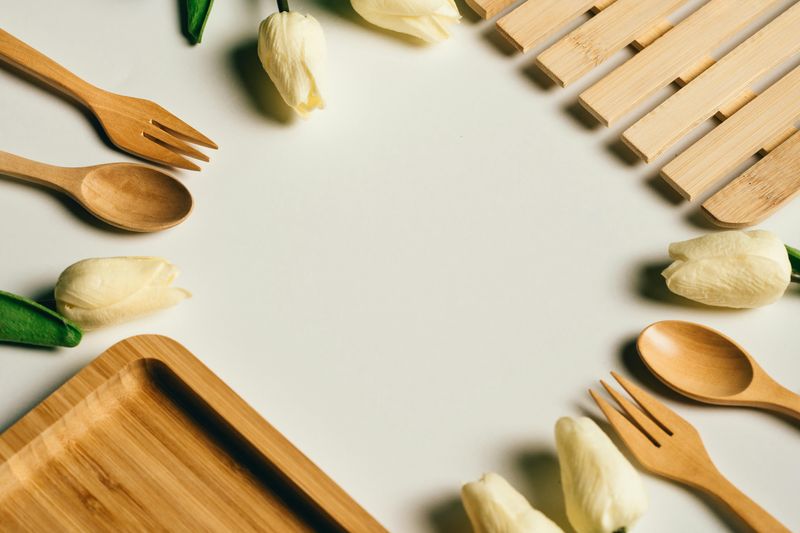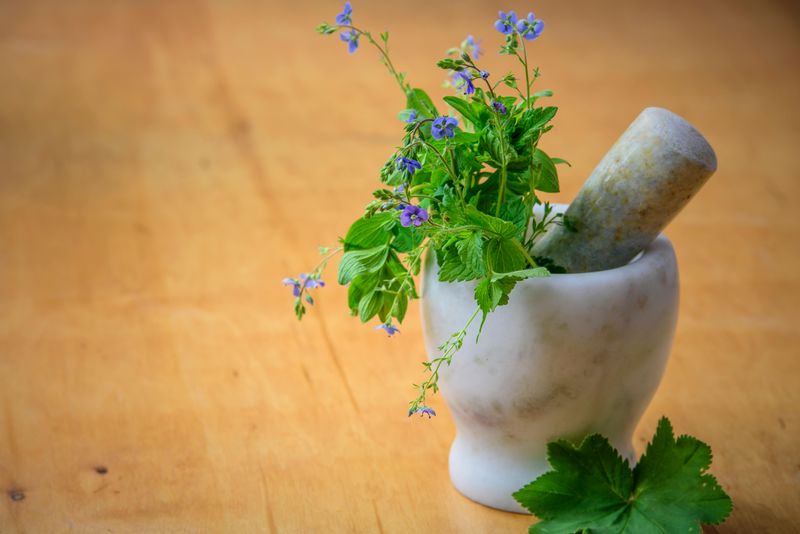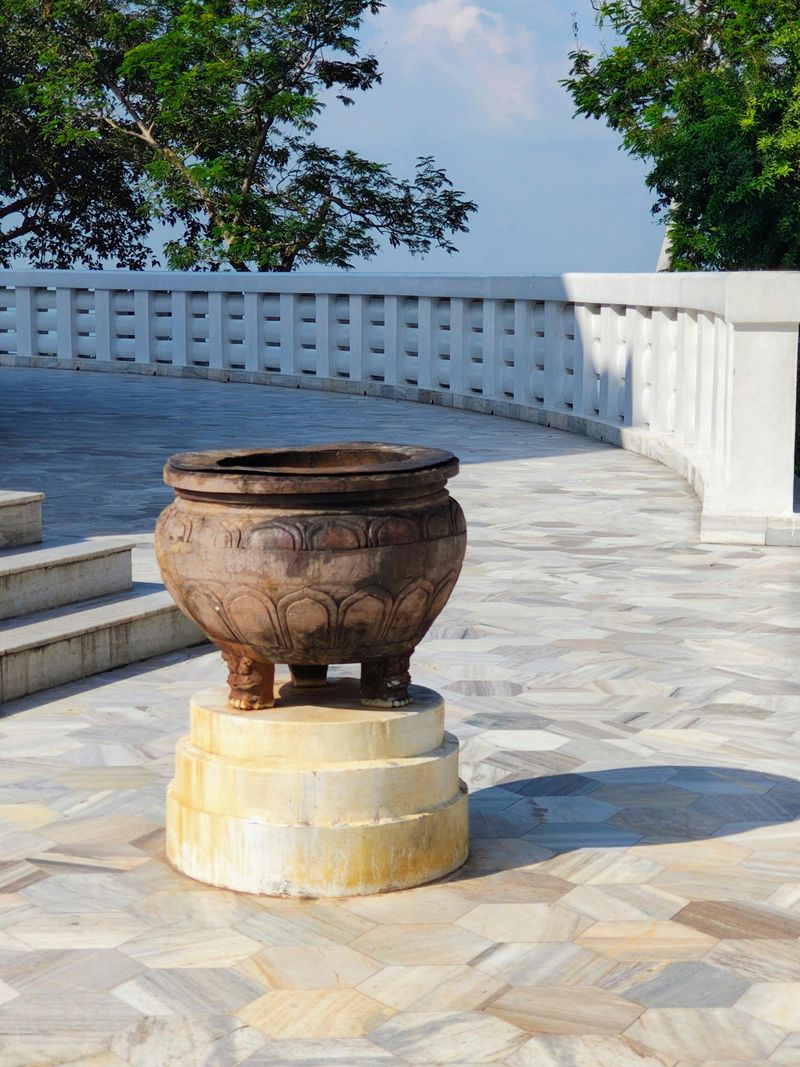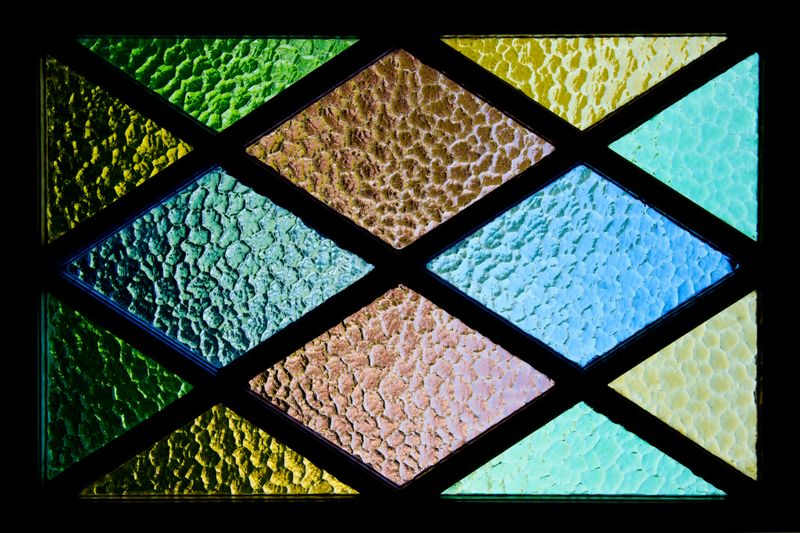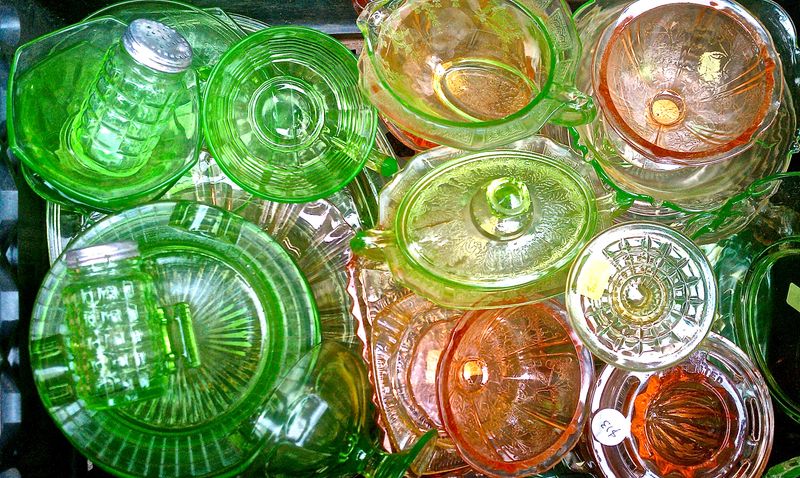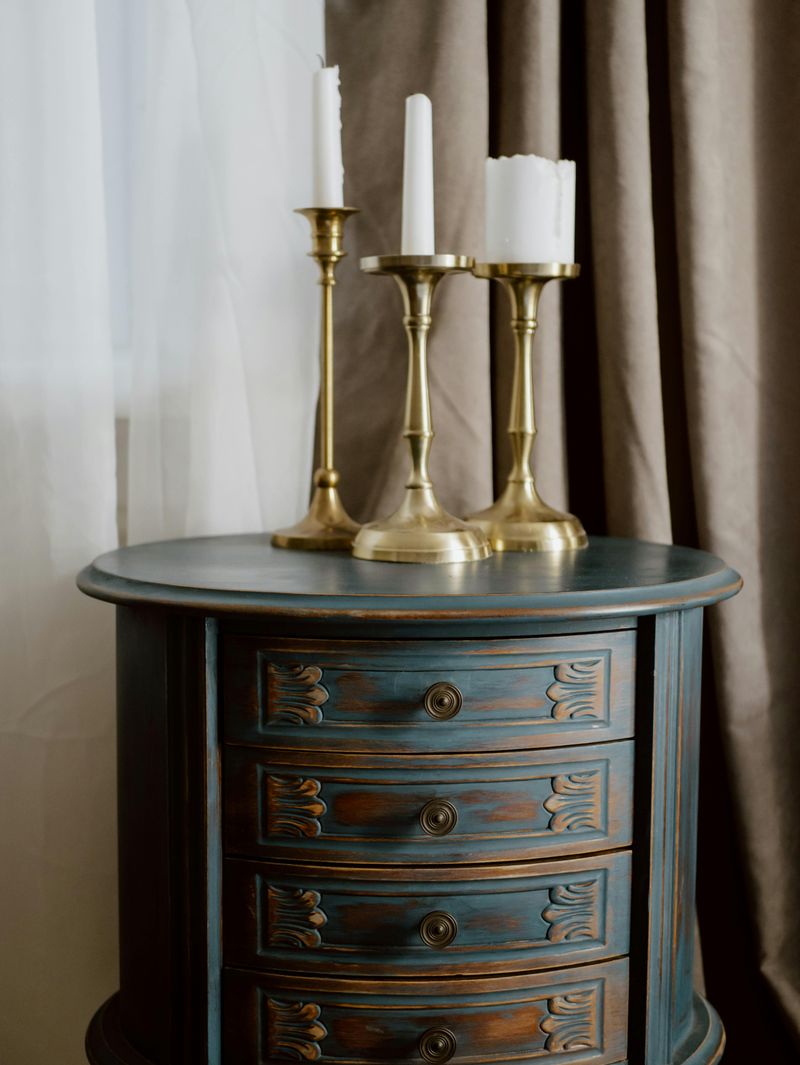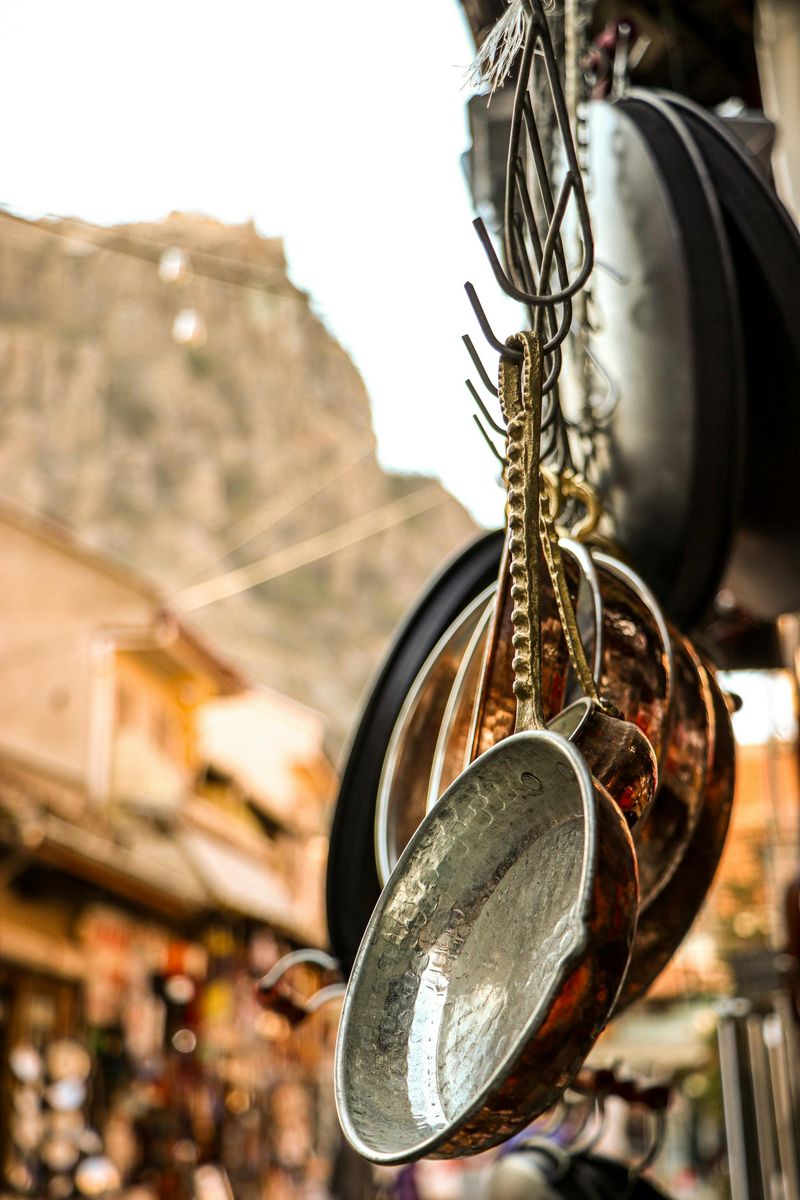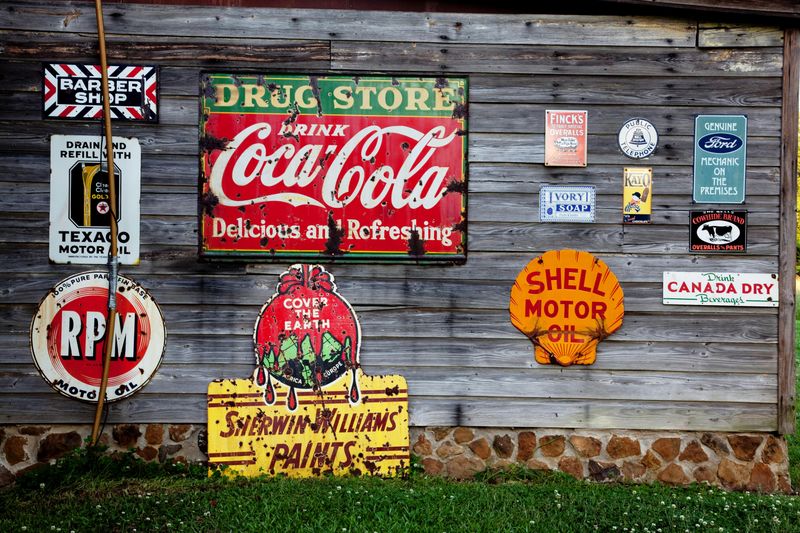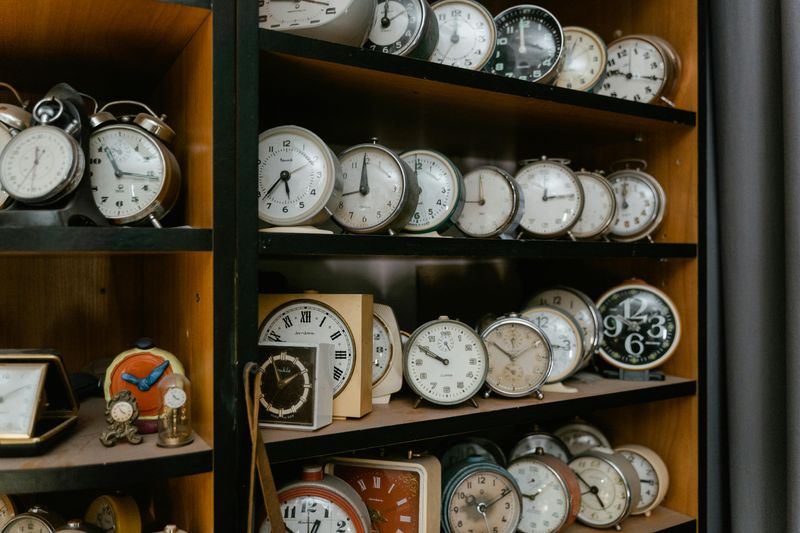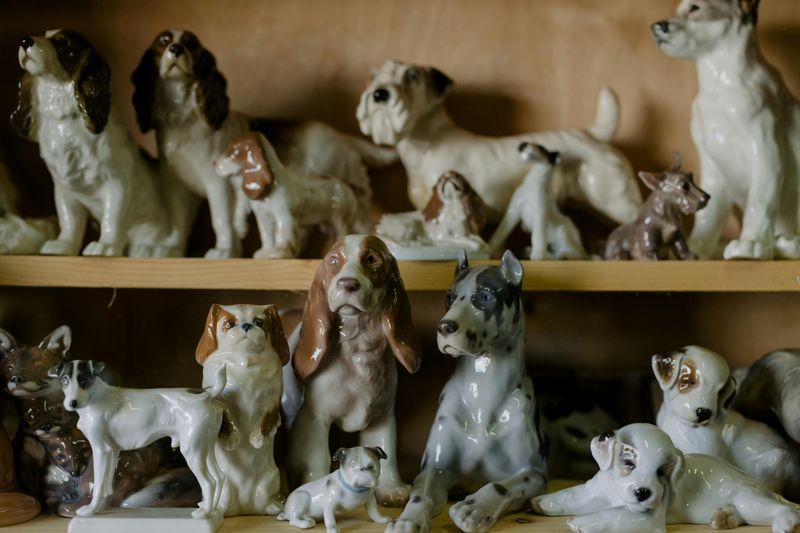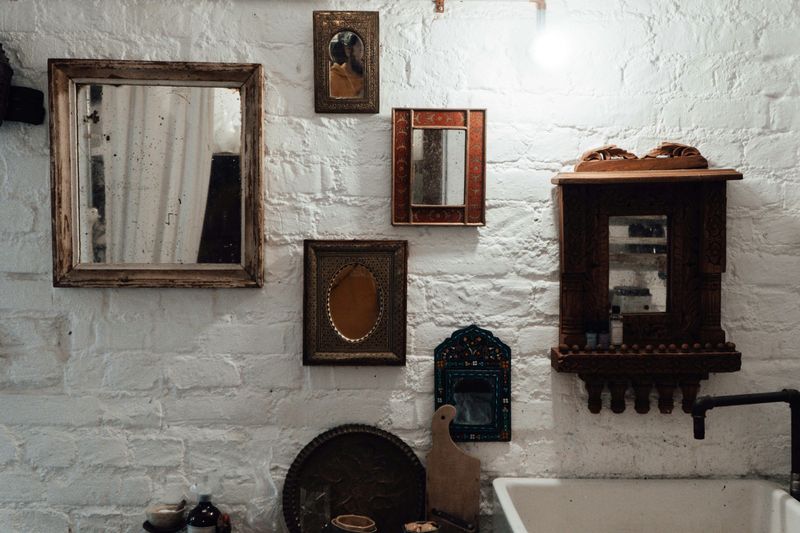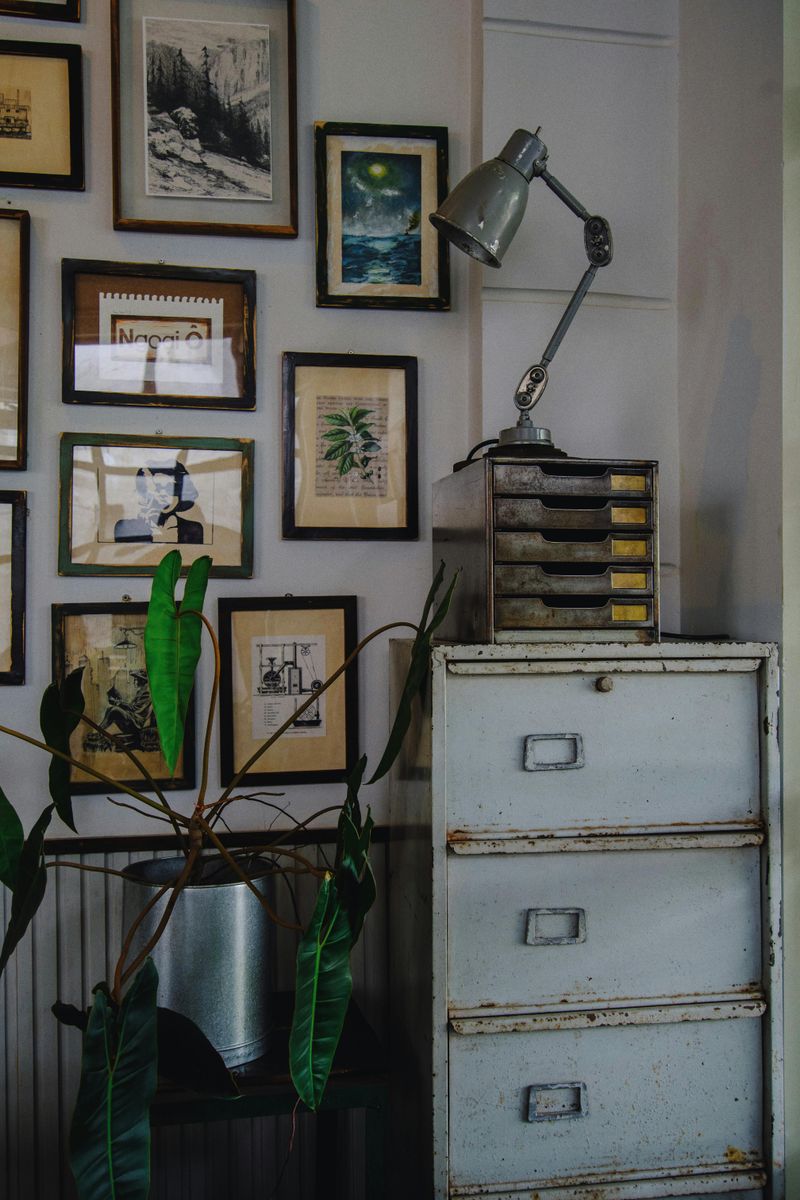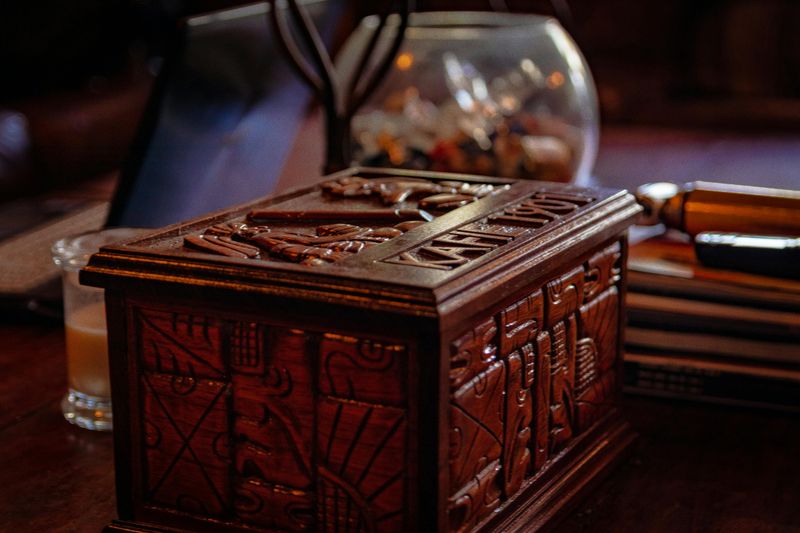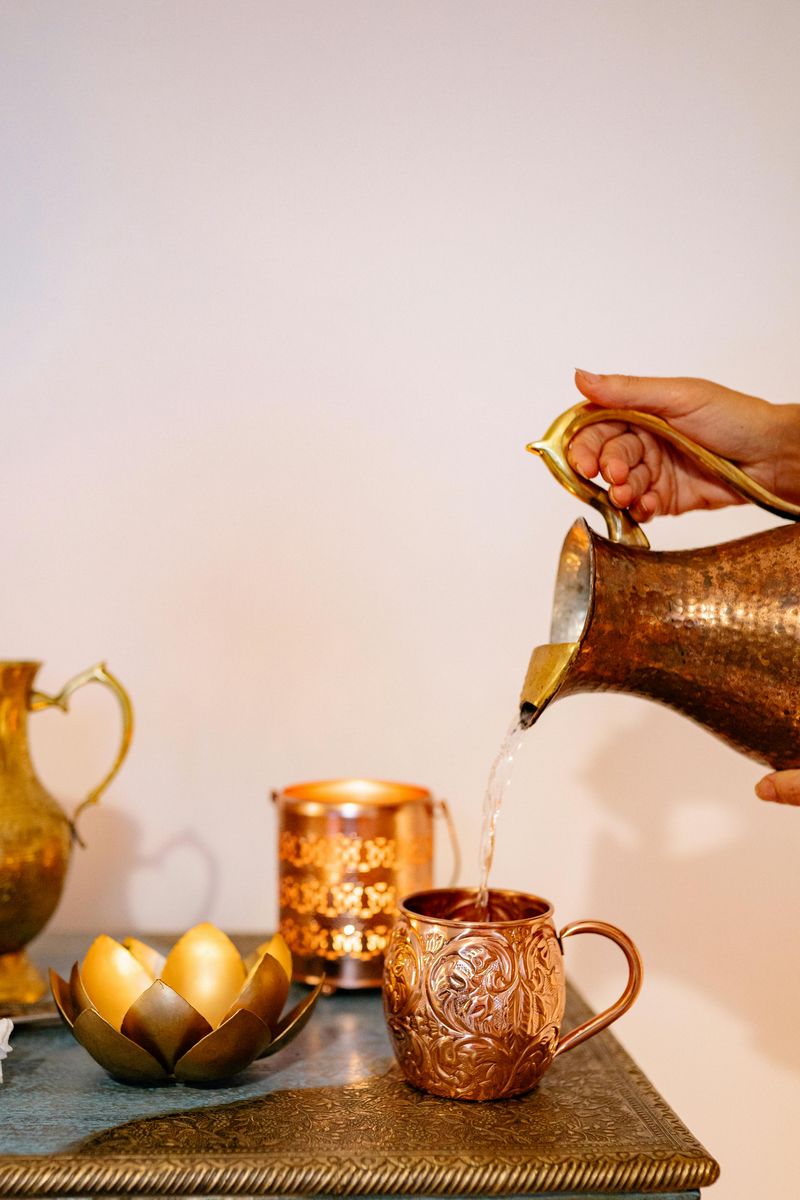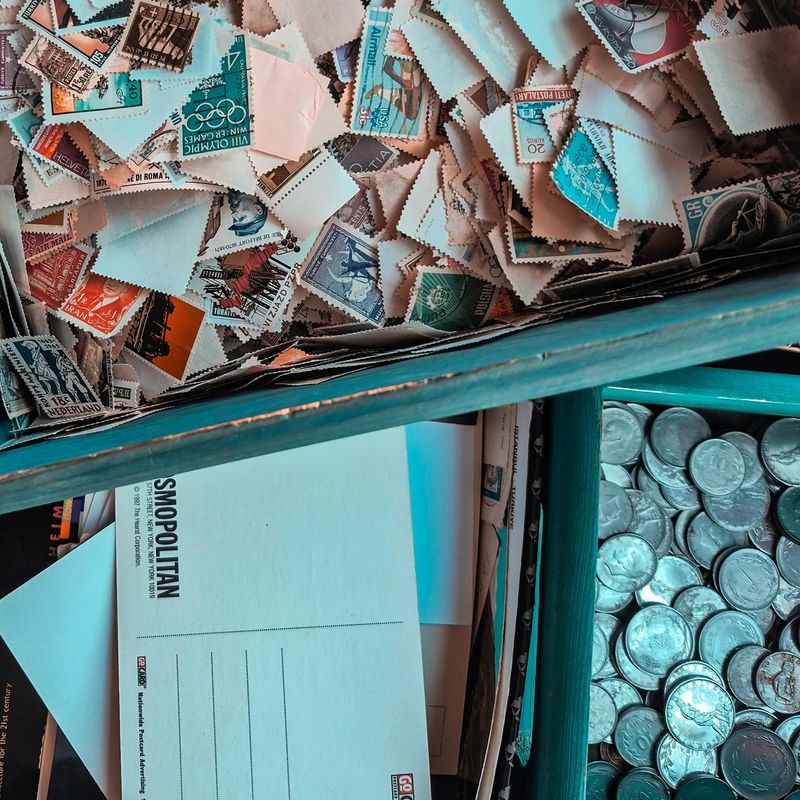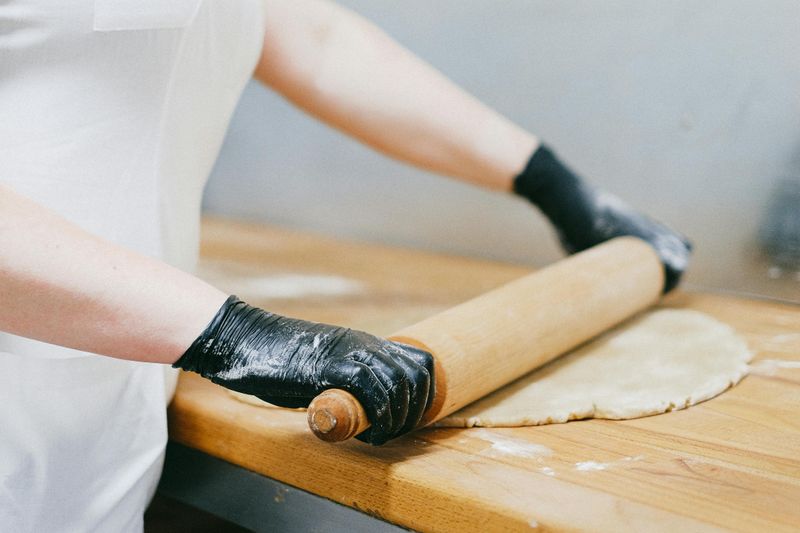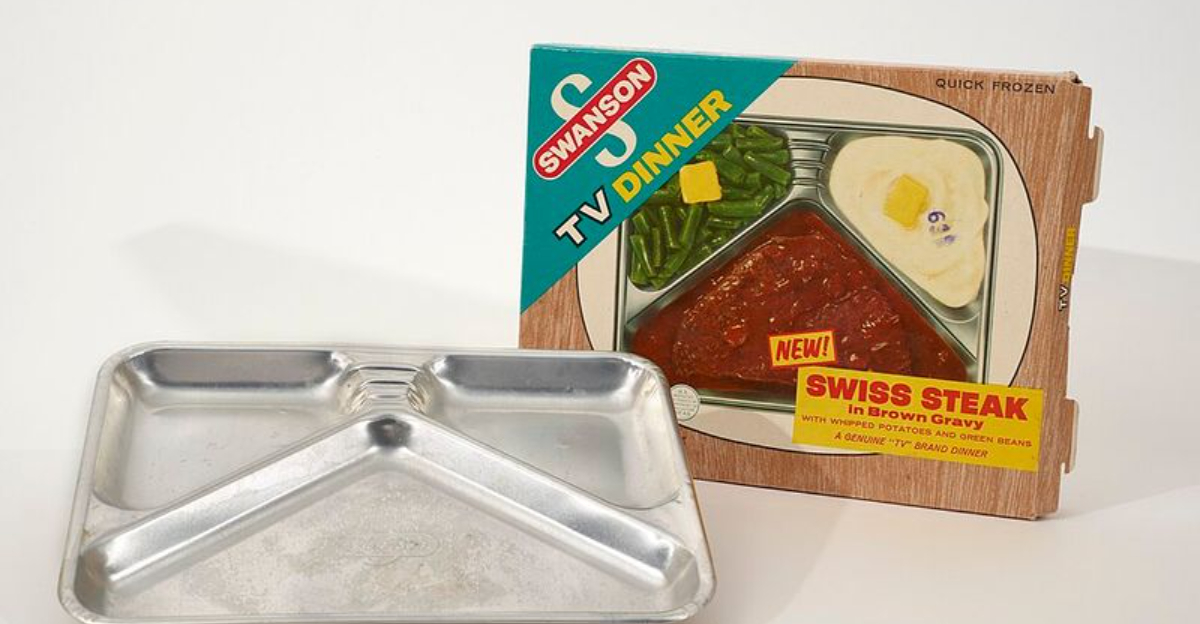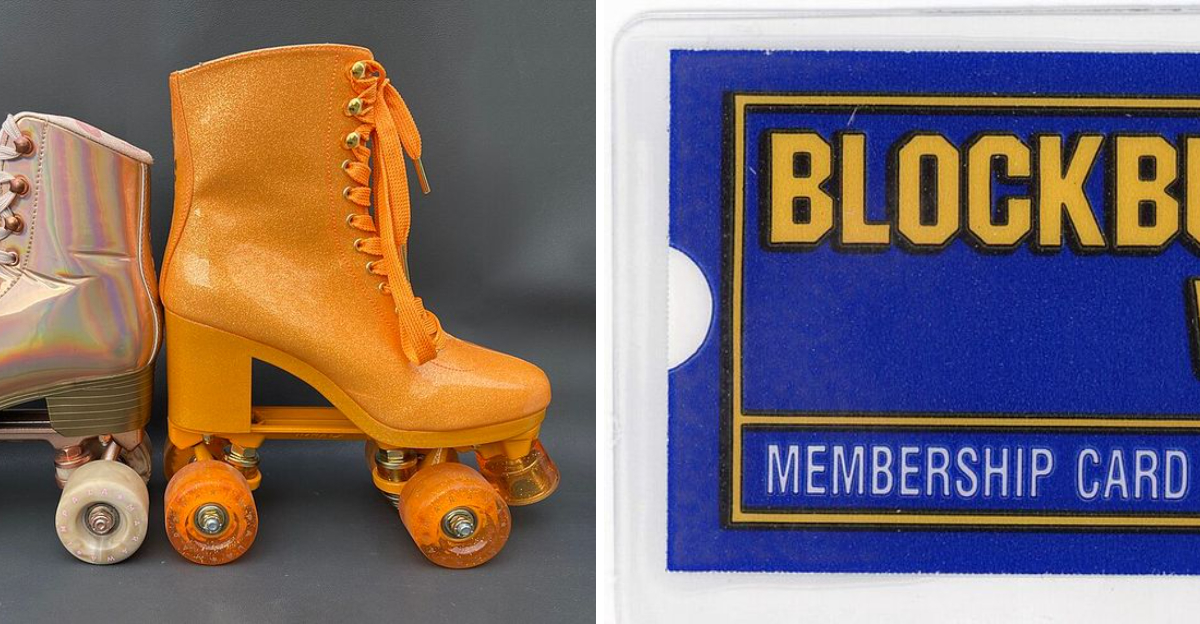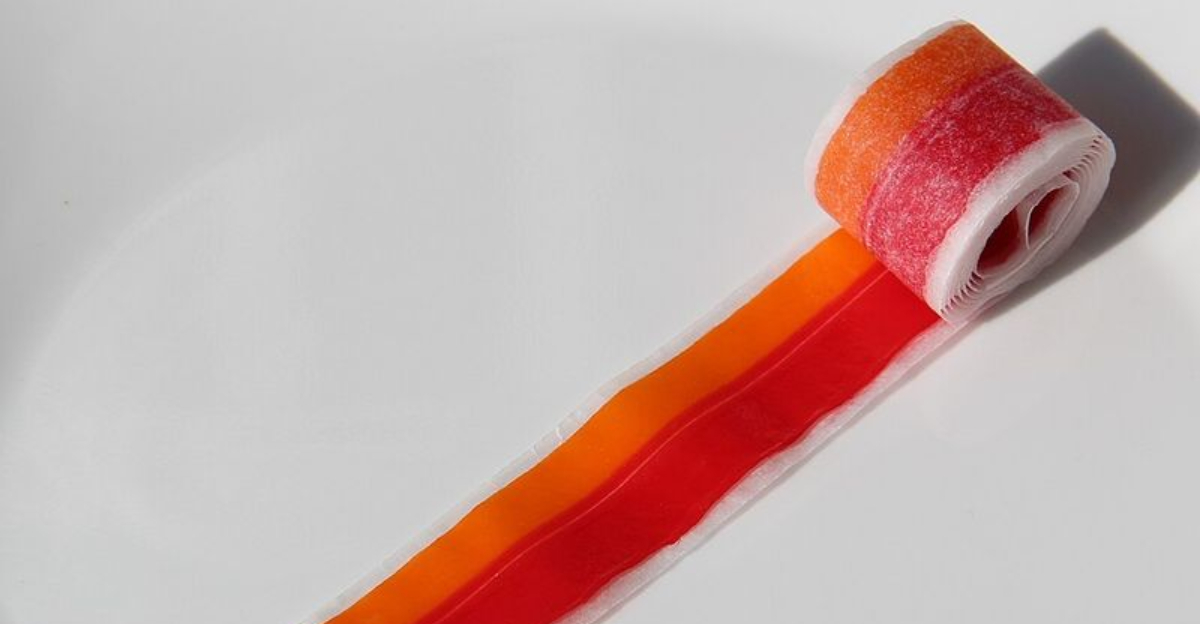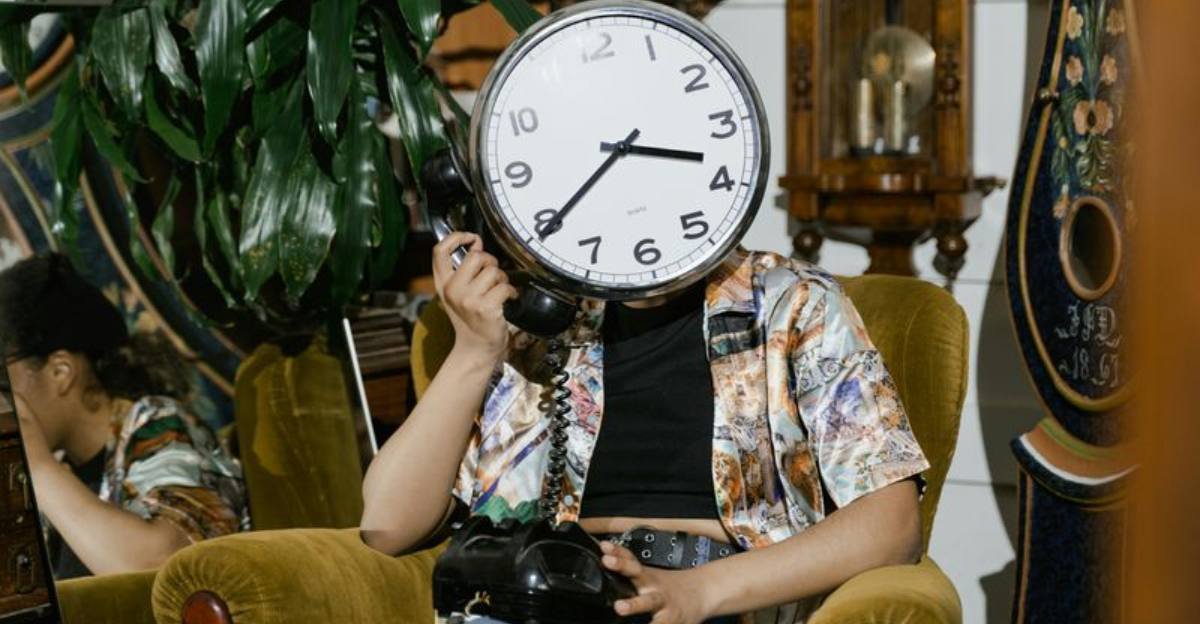20 Random Home Finds Antique Dealers Always Want
Ever wonder what old stuff hiding in your attic might actually be worth real money?
Antique dealers have a sharp eye for certain household items that regular folks often overlook or toss away.
From kitchen gadgets to decorative pieces, some everyday objects from the past have become surprisingly valuable collectibles that dealers snap up whenever they find them.
1. Wooden Cutlery Trays
Your grandmother’s kitchen drawer probably held one of these compartmentalized organizers that kept forks, knives, and spoons neatly separated.
Handcrafted versions with dovetail joints and beautiful wood grain attract the most attention from buyers.
Farmhouse décor enthusiasts snap these up to repurpose as desk organizers or bathroom storage.
Watch for unusual woods like walnut or cherry, which command higher prices than plain pine examples.
2. Marble Mortars and Pestles
Grinding spices and herbs by hand was kitchen routine before electric appliances took over the job.
Heavy stone versions, especially Italian marble ones, remain functional tools that modern cooks actually use for authentic flavor.
Dealers recognize that restaurants and home chefs will pay premium prices for well-preserved sets.
Chips and cracks reduce value significantly, so condition matters enormously when evaluating these weighty kitchen antiques.
3. Vintage Pottery
Stoneware crocks, mixing bowls, and decorative vases from American potteries like Red Wing or Roseville have devoted collector followings.
Markings on the bottom tell dealers exactly which company made each piece and approximately when.
Certain patterns and colors become trendy, driving prices upward for specific styles.
Even damaged pottery sells if it bears desirable maker’s marks, though pristine examples obviously fetch considerably more money from serious collectors.
4. Architectural Salvage Pieces
When old buildings get demolished, smart salvagers rescue ornate trim, corbels, columns, and decorative elements that once adorned homes and businesses.
Dealers hunt for unusual items like stained glass windows, ornate radiator covers, or carved wooden mantels.
Authenticity and craftsmanship determine value more than age alone, especially for statement pieces that become focal points in contemporary spaces.
5. Silver Flatware
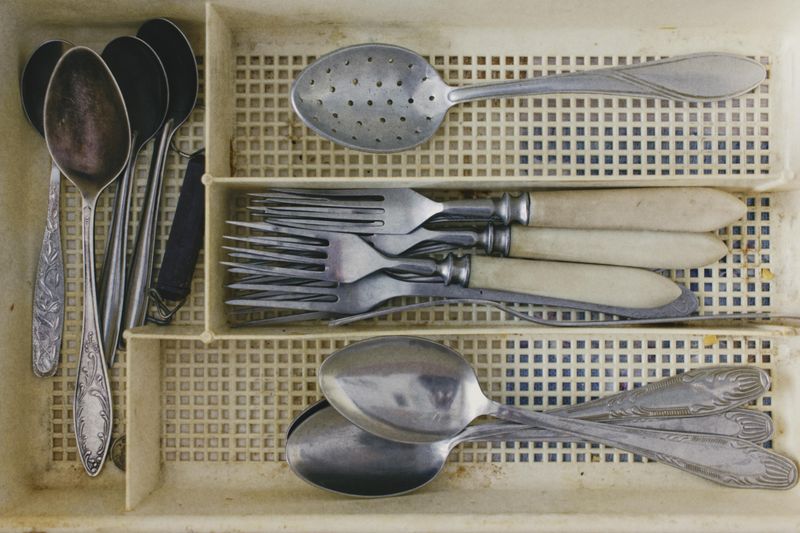
Sterling silver utensils have intrinsic metal value beyond their usefulness at the dinner table.
Dealers weigh sets to calculate minimum worth, but popular patterns from makers like Gorham or Wallace bring premiums above simple melt value.
Complete sets with serving pieces sell better than random assortments of mismatched forks and spoons.
Tarnish wipes off easily, so don’t polish antique silver before selling – collectors prefer original patina to harsh chemical cleaning damage.
6. Depression Glassware
During the Great Depression, manufacturers gave away these colorful pressed glass dishes as promotional items or sold them cheaply to struggling families.
Pink, green, and amber pieces in recognizable patterns like Mayfair or Cherry Blossom attract dedicated collectors today.
Dealers check carefully for chips and cracks that dramatically reduce value in this delicate glassware.
7. Brass Candlesticks
Lighting technology has changed dramatically, but decorative brass candlesticks remain popular for creating ambiance at dinner parties and special occasions.
Pairs sell better than singles, and unusual designs or heights attract interior decorators shopping for clients.
Dealers often buy tarnished brass cheaply because buyers enjoy the satisfying process of polishing these metal treasures back to their original golden shine and displaying them proudly on mantels.
8. Copper Pans
Professional chefs know that copper conducts heat more evenly than modern nonstick alternatives, making vintage French copper cookware highly functional rather than merely decorative.
Dealers look for maker’s marks and assess whether pieces need re-tinning, which affects pricing.
Decorative hammered finishes and rolled edges indicate quality craftsmanship that justifies premium prices in today’s market.
9. Old Signage
Advertising signs from defunct businesses, especially those with bold graphics and recognizable brand names, have become sought-after wall art for restaurants, bars, and man caves.
Authentic age matters tremendously – dealers spot reproductions easily through paint analysis and construction methods.
Gas station signs, soda advertisements, and farm equipment brands generate the most collector excitement and bidding wars at auctions.
10. Vintage Clocks
Mechanical clocks from American makers like Seth Thomas or Ansonia combine artistic cases with fascinating internal movements that collectors love to study and restore.
Working condition dramatically affects value, though some buyers purchase broken clocks specifically for restoration projects.
Original keys, pendulums, and glass panels increase desirability compared to clocks missing important components that require expensive replacement parts.
11. Porcelain Figurines
Delicate ceramic figures from European manufacturers like Royal Doulton or Lladró grace countless china cabinets and curio shelves worldwide.
Particular character series or limited editions create passionate collector communities willing to pay substantial sums for rare pieces.
Condition is absolutely critical with fragile porcelain – chips, cracks, or repairs devastate value instantly.
12. Antique Mirrors
Mirrors with elaborate frames – whether carved wood, gilded plaster, or ornate metalwork – transform plain walls into statement pieces that interior designers covet for client projects.
Original wavy glass with silvering imperfections proves authenticity better than perfect modern replacements.
Frame condition matters more than glass quality since re-silvering is relatively affordable compared to repairing damaged ornamental frames.
13. Framed Prints and Maps
Historical maps, botanical prints, and architectural drawings in original frames appeal to both art collectors and history buffs seeking authentic period décor.
Hand-colored engravings command higher prices than mass-produced lithographs from the same era.
Dealers examine paper quality, printing techniques, and frame construction to separate valuable originals from worthless reproductions.
14. Carved Wooden Boxes
Jewelry boxes, document cases, and decorative storage containers with intricate hand-carved details showcase craftsmanship rarely seen in modern mass-produced items.
Exotic woods like mahogany, rosewood, or camphor increase value significantly over common pine examples.
Functional hinges, intact linings, and original keys make boxes more desirable to collectors who appreciate both beauty and utility.
15. Embroidered Linens and Lace Doilies
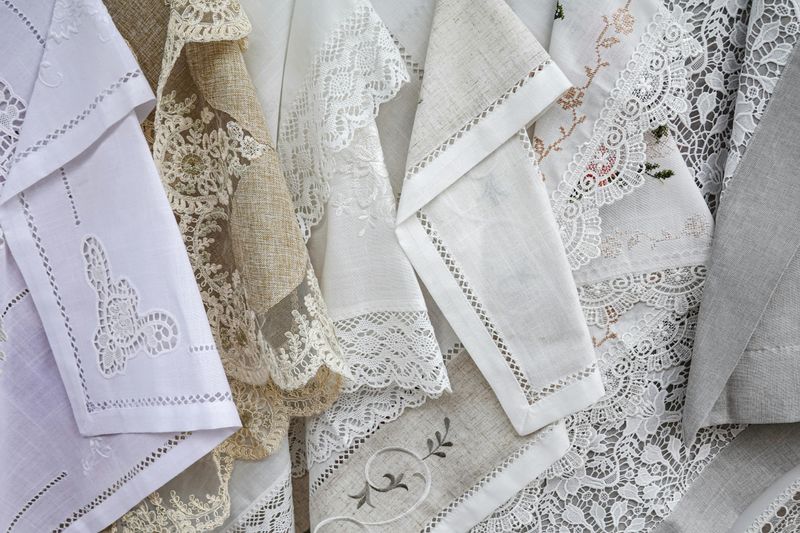
Hours of painstaking needlework went into creating tablecloths, pillowcases, and doilies that today’s crafters appreciate as wearable art or home décor.
Monogrammed pieces tell family stories, while elaborate patterns showcase skills passed down through generations.
Stains and damage reduce value considerably since collectors want display-quality textiles for special occasions.
Dealers seek unusual techniques like cutwork, tatting, or bobbin lace that demonstrate exceptional artistry and command prices reflecting the labor involved.
16. Leather-Bound Books
Beautifully bound volumes with gilt edges, marbled endpapers, and tooled leather covers attract bibliophiles who value books as physical objects beyond mere reading material.
First editions, limited printings, or books with historical significance command substantial premiums.
Condition affects value enormously – tight bindings, clean pages, and intact covers separate valuable antiques from worn reading copies.
17. Brass Vessels
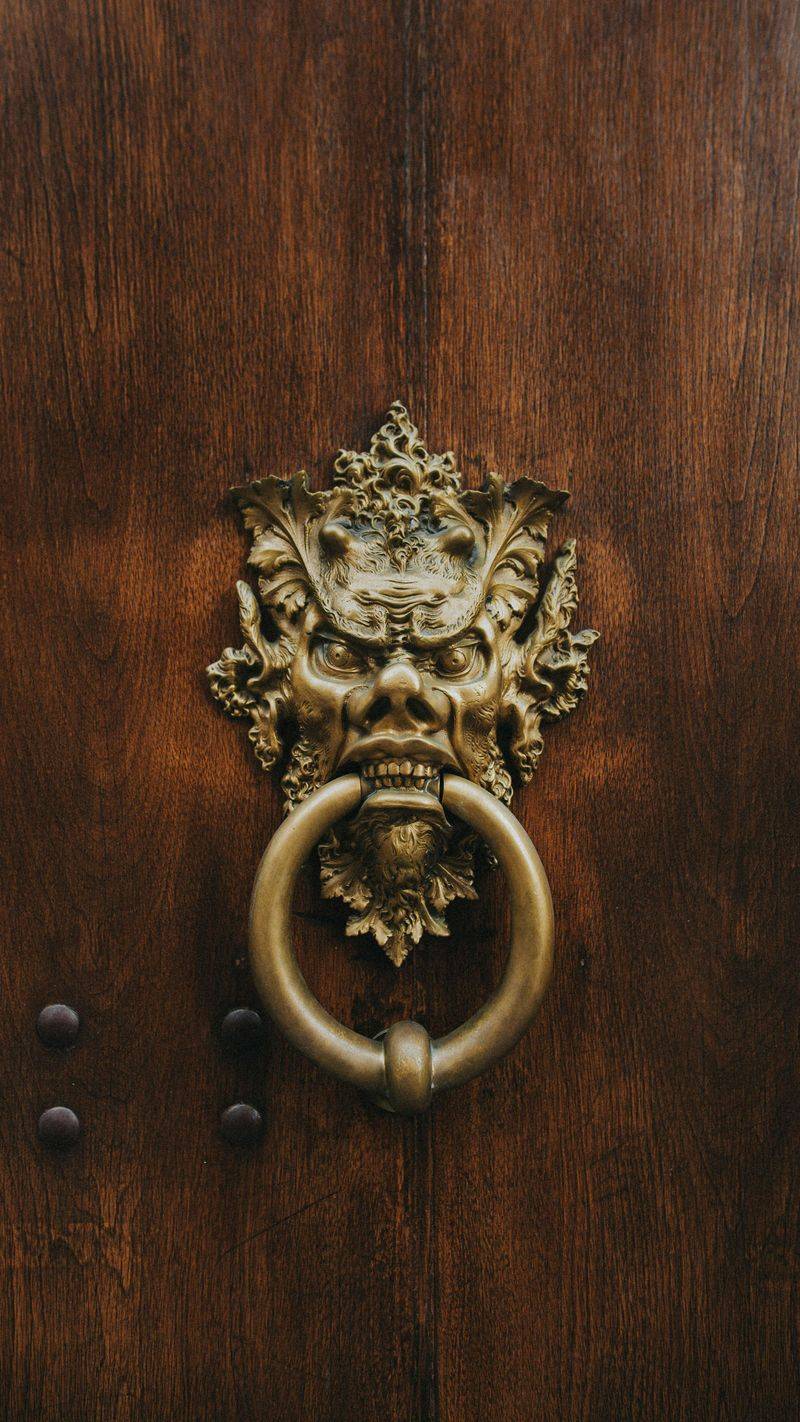
Teakettles, coal scuttles, planters, and decorative urns made from solid brass bring warmth to modern interiors when repurposed as flower vases or decorative accents.
Middle Eastern and Asian brass pieces with intricate engraving patterns particularly appeal to eclectic decorators.
Weight indicates quality – solid brass feels substantially heavier than brass-plated steel alternatives.
18. Copper Vessels
Beyond cookware, decorative copper pieces like jardinières, umbrella stands, and coal buckets add metallic accents that interior designers incorporate into sophisticated color schemes.
Verdigris patina – that blue-green oxidation – proves age and authenticity that buyers find appealing.
Dents and dings tell stories without destroying value in decorative pieces, unlike cookware where condition matters more critically.
19. Vintage Postcards
Picture postcards from the early 1900s document local history, fashion, transportation, and daily life in ways photographs alone cannot capture. Cards showing Main Street scenes, hotels, or businesses in small towns attract local history collectors willing to pay surprising amounts.
Real photo postcards – actual photographs printed on postcard stock – generally bring higher prices than printed chromolithograph versions.
Postmarks, stamps, and handwritten messages add historical context that enhances value beyond the image alone for serious collectors.
20. Vintage Wooden Kitchen Items
Rolling pins, dough bowls, butter molds, and stirring spoons made from solid wood develop beautiful patinas from decades of use and careful hand-washing.
Unusual items like springerle molds or maple sugar molds with carved designs especially intrigue collectors of kitchen antiques.
Cracks from dishwashers or rough handling reduce value significantly in pieces collectors want for actual use.

